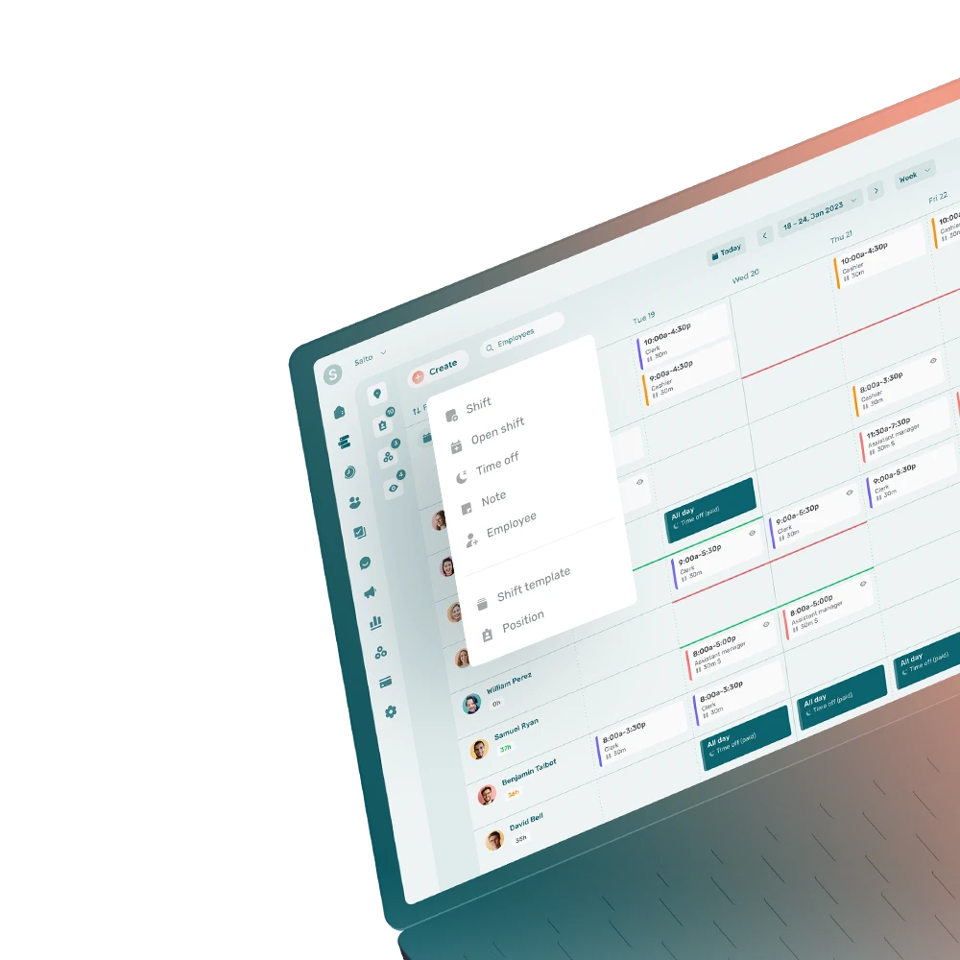Professional development refers to the training offered to employees in order to update or upgrade their knowledge and skills to perform a job.
Why Promote Professional Development?
Professional development stimulates employee motivation and increases their versatility. It also allows employees to better visualize their professional advancement possibilities. Furthermore, professional development allows companies to better plan their future labor needs.
Advantages linked to the professional development of employees include:
- Increasing the employee productivity
- Improving the employee retention rate
- Reaching company objectives faster
- Developing a strong employer brand
How to Determine Employees’ Skill Development Needs?
There are three ways to determine the skill development needs of employees. Companies can evaluate their needs by examining their strategies and objectives and comparing them with their results.
Managers can also question team members during one-on-one meetings to identify the needs of their employees.
Finally, companies can survey employees in an anonymous manner in order to better understand their needs in terms of professional training.
What Must a Professional Development Plan Include?
A professional development plan typically contains the following elements:
- The strategic objectives of the company
- The professional objectives of the employees
- Individual plans (schedule, budget, anticipated results, etc.)
- Development activities (mentoring, training, conferences, etc.)
- Evaluation grids or skills reports
- The comments and questions of employees
What Are the Different Types of Professional Development?
Different professional development types include:
- Coaching: an experienced coach helps the employee to develop their skills
- Mentoring: a guide helps the employee using their own skills and experience
- Sponsorship: a person in a similar role helps the employee
- Classic training: training in person, lectures, podcasts, conferences, etc.
- Co-development: a group of people facing the same challenges help each other to improve their skills
- Rotating position: an employee tries several roles to become more versatile
What Are the Advantages of Professional Training?
The advantages of professional training include:
- Helping employees progress in their professional career
- Assisting staff in their skills development
- Increasing employee satisfaction
- Retaining talent
- Decreasing the employee turnover rate
- Improving customer service
- Developing an attractive employer brand
- Facilitate recruitment
What Are the Three Important Elements of a Skill?
The three important elements of a skill are:
- Knowledge (the skills)
- Social and emotional skills (behavioral skills aka soft skills)
- Know-how (technical skills aka hard skills)
Several professional development plan models are available as Word or Excel documents that are free to download.




